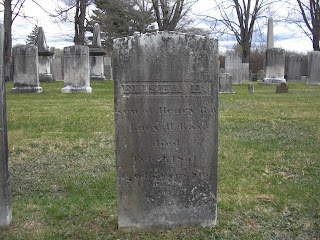The concept of a vampire predates Bram Stoker's tales of Count Dracula—probably by several centuries. But did vampires ever really exist?
In 1819, 80 years before the publication of Dracula, John Polidori, an Anglo-Italian physician, published a novel called The Vampire. Stoker's novel, however, became the benchmark for our descriptions of vampires. But how and where did this concept develop? It appears that the folklore surrounding the vampire phenomenon originated in that Balkan area where Stoker located his tale of Count Dracula.
